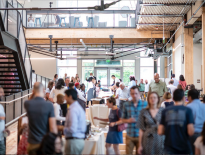Finalists Announced! 2019 Stephen R. Kellert Biophilic Design Award
The International Living Future Institute (ILFI) is excited to celebrate the third annual Stephen R. Kellert Biophilic Design Award, sponsored by Interface, at this year’s Greenbuild International Conference and Expo in Atlanta, GA. The ceremony will take place at the Georgia Institute of Technology’s brand new Kendeda Building for Innovative Sustainable Design.
The award honors the late scholar and Yale University social ecologist Stephen R. Kellert’s legacy as a pioneer in articulating and applying biophilic design principles to the built environment. His advocacy has encouraged the widespread adoption of the Biophilic Design practice.
This year’s selection of projects represents architecture and interiors, as well as community and urban-scale projects. The five projects below were selected by a jury of industry experts as the outstanding finalists:
Chatham University Eden Hall Campus, Richland Township, PA, USA
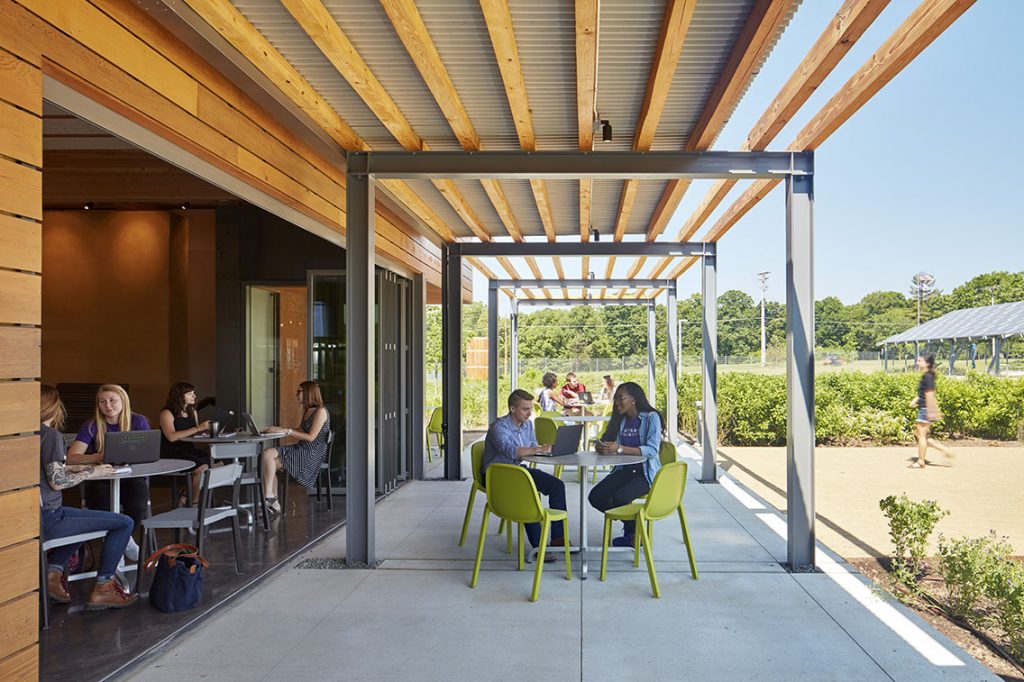
Chatham University’s Eden Hall Campus in Pennsylvania was designed by Mithun to support health and wellness while promoting the notion that land on the rural-urban fringe can be developed as a net-positive resource for urban areas. The campus features a number of biophilic design elements including natural earth tones, natural shapes and forms, 24 rain gardens, on site-annual bird count stations, and pathways that reveal the geomorphology of the surrounding land.
Growing a Biophilic City in a Garden, Singapore
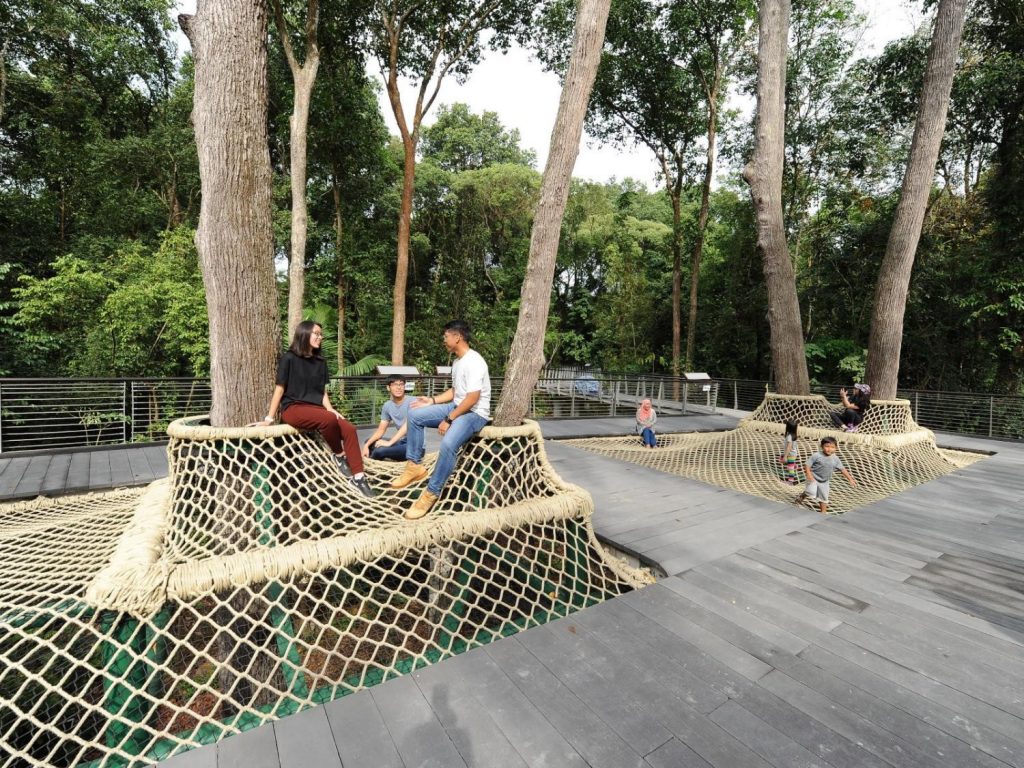
Singapore’s Learning Forest and Lakeside Garden exemplify the city’s commitment to creating a biophilic city in a garden, where inhabitants live amidst a sustainable and biologically diverse urban ecosystem. The three key components of Singapore’s approach to biophilic design are broken down into 1) restoring ecosystems and ecological processes; 2) creating and curating immersive experiences in nature, and 3) nurturing community stewardship.
Heart of School: A Bamboo Cathedral at Green School Bali, Bali, Indonesia
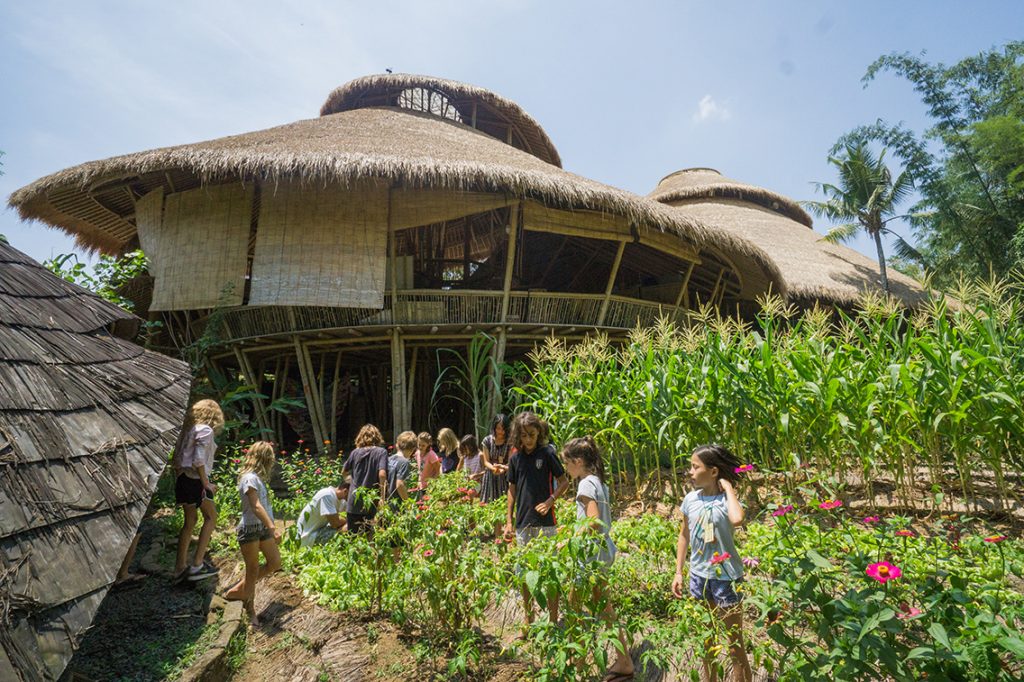
In 2008 when Green School Bali Master Plan was created, the main building was titled: “central administration building.” This later transformed into “Heart of School” – a bamboo cathedral, inspired by the spiral movements of nature in the Fibonacci sequence. The building forms the central core of Green School, with a roof shaped in the form of three spiraling nautili.
Laity Lodge, Leakey, TX, USA
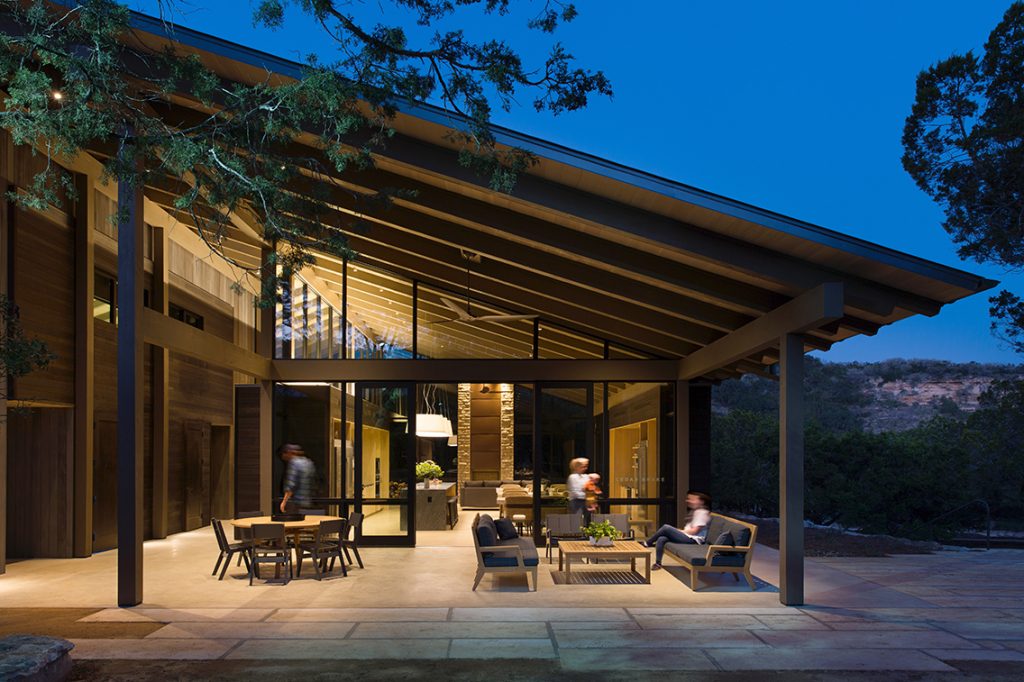
Positioned along the emerald waters of the Frio River within the steep limestone canyon walls of the Texas Hill Country, Laity Lodge is a retreat center like no other. Founded in 1961, the mission of the Lodge is to reinforce guests’ connection to themselves, each other, and the divine through deep and meaningful experiences with the natural world. Inspired by the intimate scale and natural features of the site, the design team’s primary goal was to create a place that could not be built anywhere else, for anyone else.
The Phenix, Montreal, QC, Canada
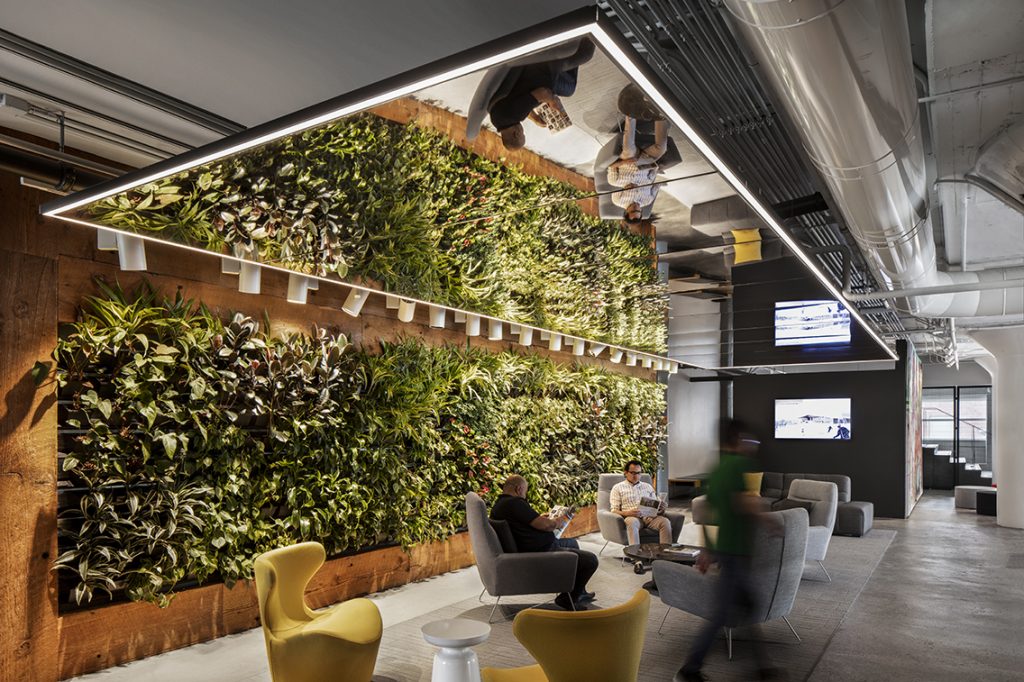
The formerly industrial Phenix Building was originally built as a distribution center in 1950 and later remodeled by Lemay Architectural Firm to centralize its 350 employees in Montreal, Canada. The retrofit of this existing industrial structure marks its revival of a healthy, efficient and inspiring building. Through the project, Lemay clearly determined its desire to go as far as possible to ensure the efficient use of resources, promote green transportation, enhance health and wellness and guarantee that employees were connected to nature.

